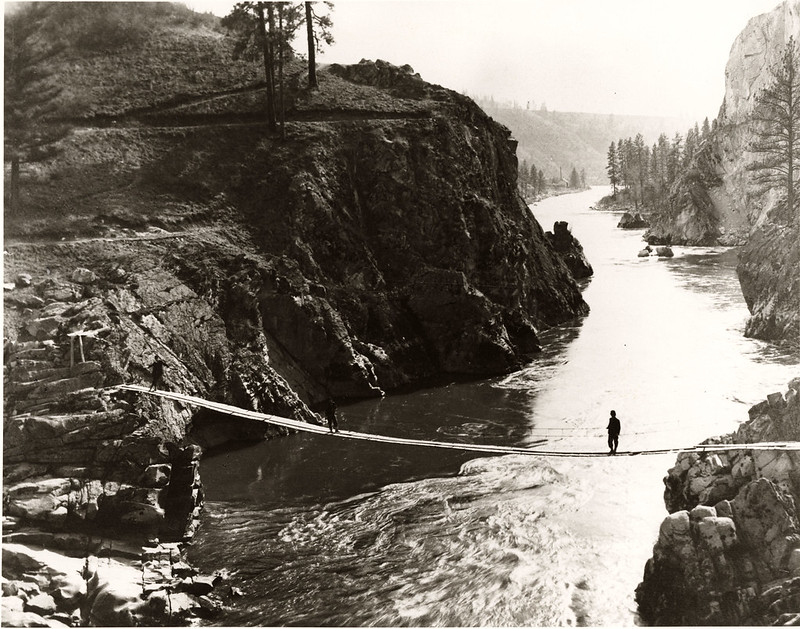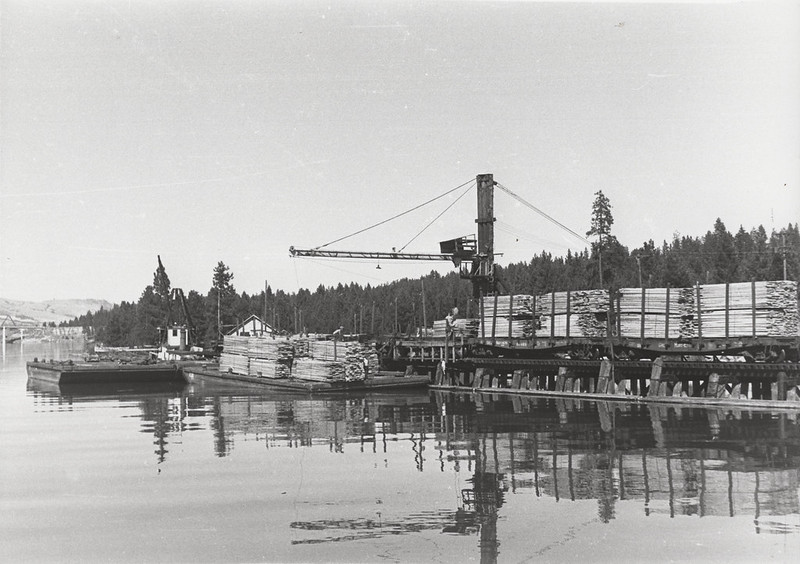.
Historic Maps and Digital Mapping Roundup
"Was your street bombed during the Blitz?" Telegraph, December 6, 2012
The year-long mapping project, devised by geographer Dr Kate Jones of the University of Portsmouth, uses red bomb symbols to illustrate where each bomb landed.>>>
Neal Conan, "'A History Of The World' Through A Mapmaker's Eyes," WWNO npr, November 26, 2012
World maps help us make sense of the world around us, and our place in it.
While mapmakers may portray their world maps as accurate, scientific and neutral, every single one describes the world from a certain worldview and culture. From ancient Babylonia to the Renaissance, cartographers have been driven by politics, religion, emotion and math.>>>
Edel Howlin, "World Wants A Little Piece Of Texas On A Map," KUHF npr, November 29, 2012
The Texas General Land Office has been selling map reprints since 2002 with sales numbers jumping around November and December. James Harkins is with the Land Office and says many of their holiday orders come from customers across the pond.
“And that’s because during the 19th century there was a mass immigration movement into Texas from Europe and there are dozens of maps of Texas that were written in German that talked about what a great place Texas is. That the hills in the hill country remind Germans of what it’s like back in Germany.”>>>
Bill Bowden, "Researchers pinpoint historic Prairie Grove sites," Atlanta Journal Constitution, December 9, 2012
The locations were found using a combination of old and new technologies — everything from ground-penetrating radar to shovel tests. Historical descriptions, a map drawn by a Union soldier and aerial photographs from 1941 also provided valuable information.>>>
Historic Maps and Digital Mapping Roundup
"Was your street bombed during the Blitz?" Telegraph, December 6, 2012
The year-long mapping project, devised by geographer Dr Kate Jones of the University of Portsmouth, uses red bomb symbols to illustrate where each bomb landed.>>>
Neal Conan, "'A History Of The World' Through A Mapmaker's Eyes," WWNO npr, November 26, 2012
World maps help us make sense of the world around us, and our place in it.
While mapmakers may portray their world maps as accurate, scientific and neutral, every single one describes the world from a certain worldview and culture. From ancient Babylonia to the Renaissance, cartographers have been driven by politics, religion, emotion and math.>>>
Edel Howlin, "World Wants A Little Piece Of Texas On A Map," KUHF npr, November 29, 2012
The Texas General Land Office has been selling map reprints since 2002 with sales numbers jumping around November and December. James Harkins is with the Land Office and says many of their holiday orders come from customers across the pond.
“And that’s because during the 19th century there was a mass immigration movement into Texas from Europe and there are dozens of maps of Texas that were written in German that talked about what a great place Texas is. That the hills in the hill country remind Germans of what it’s like back in Germany.”>>>
Bill Bowden, "Researchers pinpoint historic Prairie Grove sites," Atlanta Journal Constitution, December 9, 2012
The locations were found using a combination of old and new technologies — everything from ground-penetrating radar to shovel tests. Historical descriptions, a map drawn by a Union soldier and aerial photographs from 1941 also provided valuable information.>>>





















